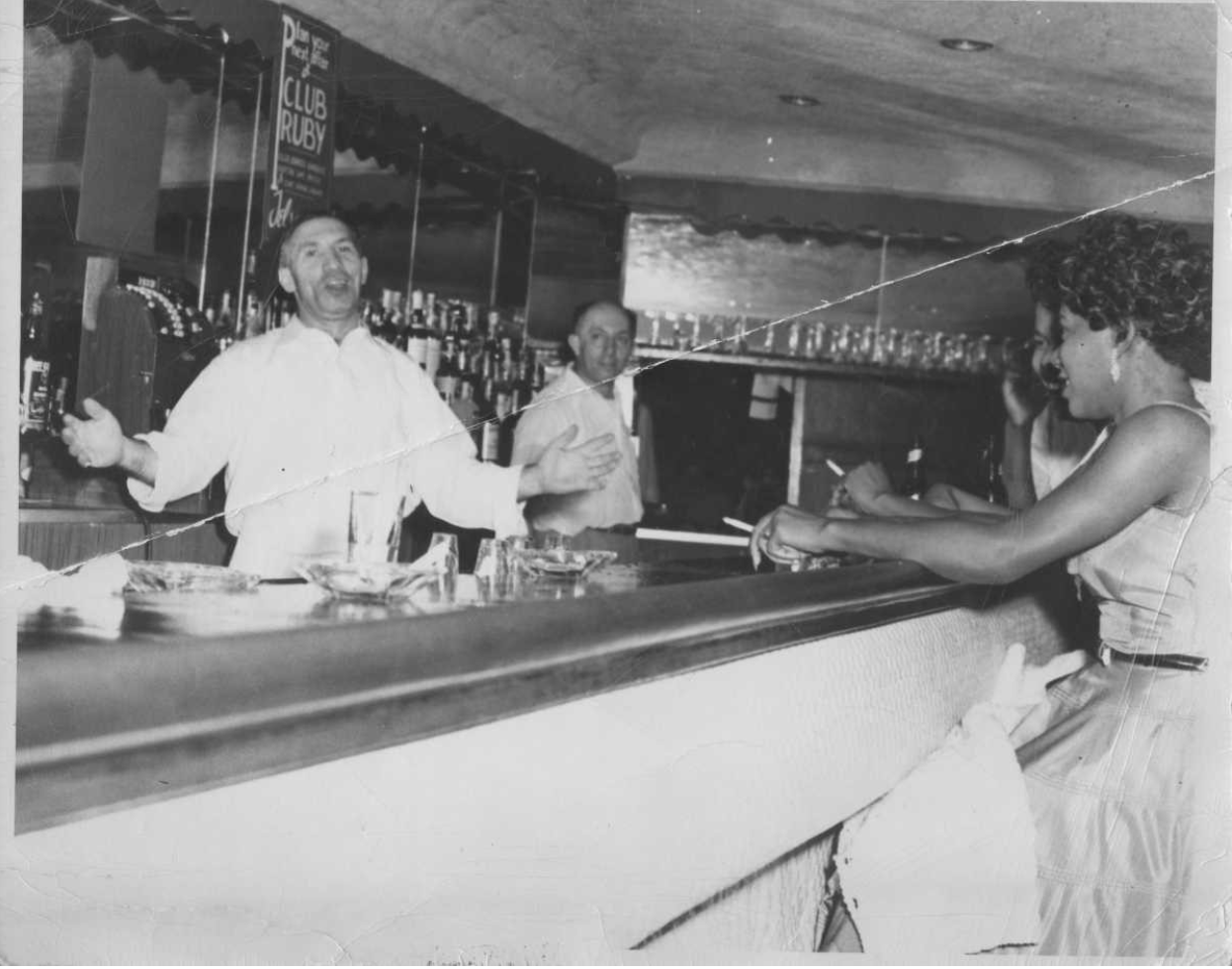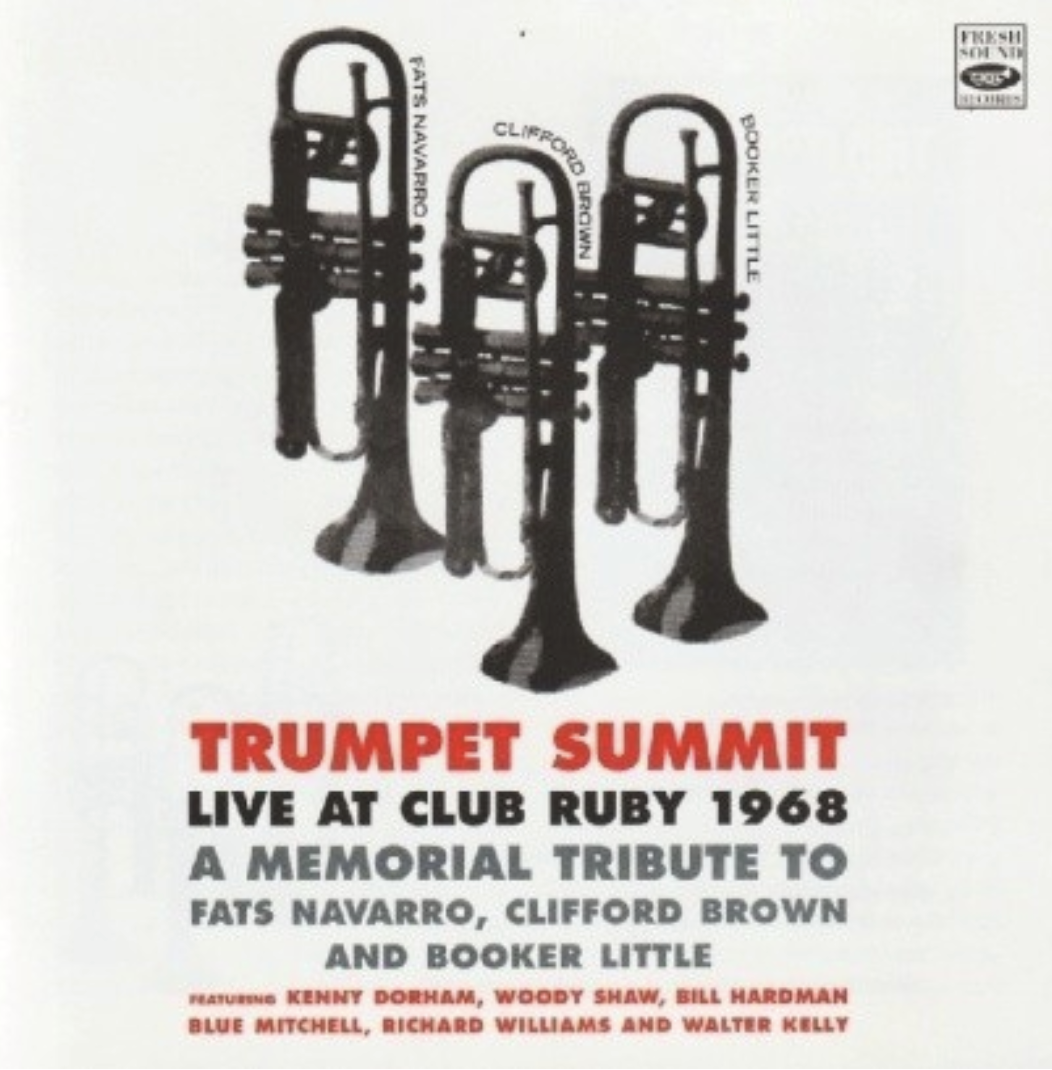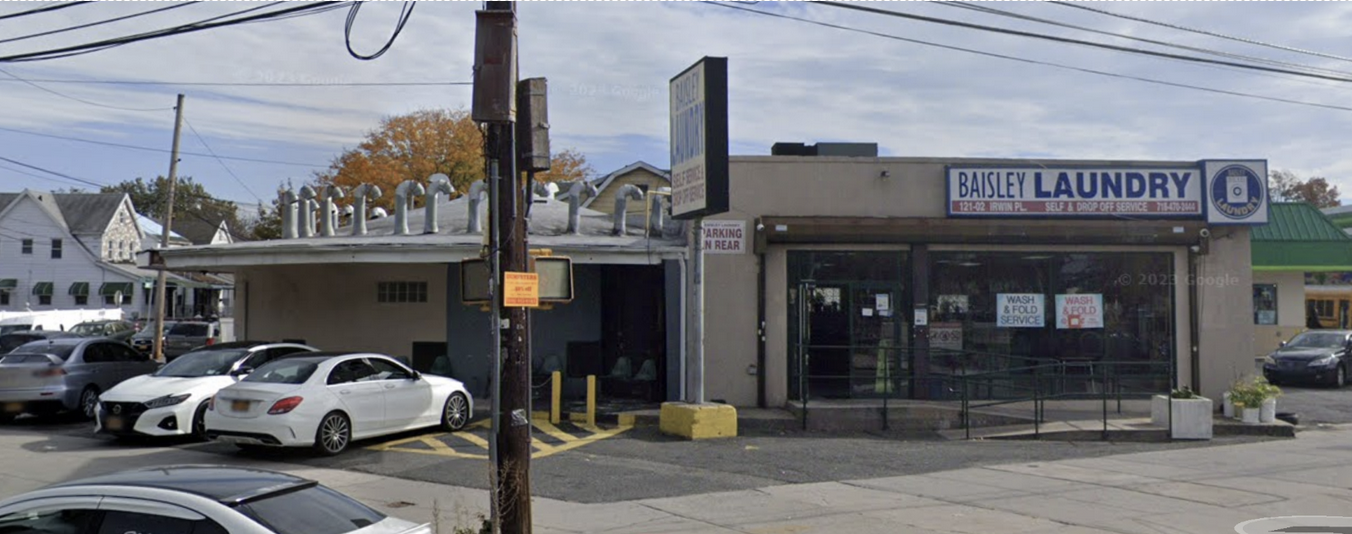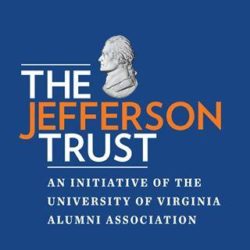Ruby

Reuben “Ruby” Kaplan (right) and Jacob “Jinx” Kaplan (left) serving customers at Club Ruby
Known Name(s)
Club Ruby
Establishment Type(s)
Night Club
Physical Status
Extant
Description
Club Ruby was on Baisley Boulevard and 120th Avenue across the street from the St. Albans Naval Hospital. The historic building is described by newspapers as having enough capacity to seat 330, so it presumably was quite large. The building identified by local newspapers in 2025 as having once been Club Ruby is a laundromat located at 121-20 Irwin Place. The modern building is a single story, built from concrete with a flat roof, with large glass windows facing the road and a private parking lot situated on the opposite side of the building from Baisley Boulevard.
Detailed History
Listed in the Green Book in 1954 and 1955, Club Ruby’s history extends to at least the 1930s. By 1933, the building was called Albans Hofbrau, and a newspaper article reported it suffered a fire, which apparently gutted the interior, presumably causing the building to be remodeled. Despite this, Albans Hofbrau received a license to sell alcohol in 1937. Between 1941 and 1942, the name of the establishment housed in the building was St. Albans Casino. The change may have been the result of Germanophobia caused by America’s entrance into World War II. By 1945 the name was changed again to Club Tree-O. The reasons for this change are more obscure. While the building was known as Club Tree-O, advertisements noted it would serve a steak dinner to guests for $5 including tax.
Between 1945 and the mid 1950s, Club Ruby was an Irish bar named Club Fury. But by the 1950s, the building was known as Club Ruby and had become a popular integrated jazz club in St. Albans. It appeared in the Green Book in this era and was a very active spot for members of the Black community of Queens throughout the 1950s and 60s. It hosted numerous different events including concerts, memorials, and wedding receptions. It also hosted a reunion dance for the 366th Infantry Regiment, a segregated army unit that had Black officers in addition to Black soldiers during World War II. The club was a beacon of the local jazz community with many notable musicians performing at the club, such as Betty Carter and Freddie Hubbard. It is fondly remembered to this day within the jazz community it served.
Club Ruby itself was co-owned by two brothers, Reuben “Ruby” Kaplan and Jacob “Jinx” Kaplan, for at least part of its history. It is likely that Club Ruby was named for one of the co-owners, Reuben “Ruby” Kaplan. Pictures of these co-owners survive in the book Images of America: St. Albans, and a live recording from Club Ruby in 1968 called Trumpet Summit can be bought online. The Club closed after Jacob “Jinx” Kaplan was injured in a scuffle with a customer at the club.
The building that local newspapers identify as having been Club Ruby has changed ownership and use since Club Ruby appeared in the Green Book. Newspapers stopped reporting on the club by the ’70s, meaning it was probably shut down or bought out like many other jazz clubs of the period. By 2016, the location of Club Ruby was a laundromat called Baisley Laundry.





